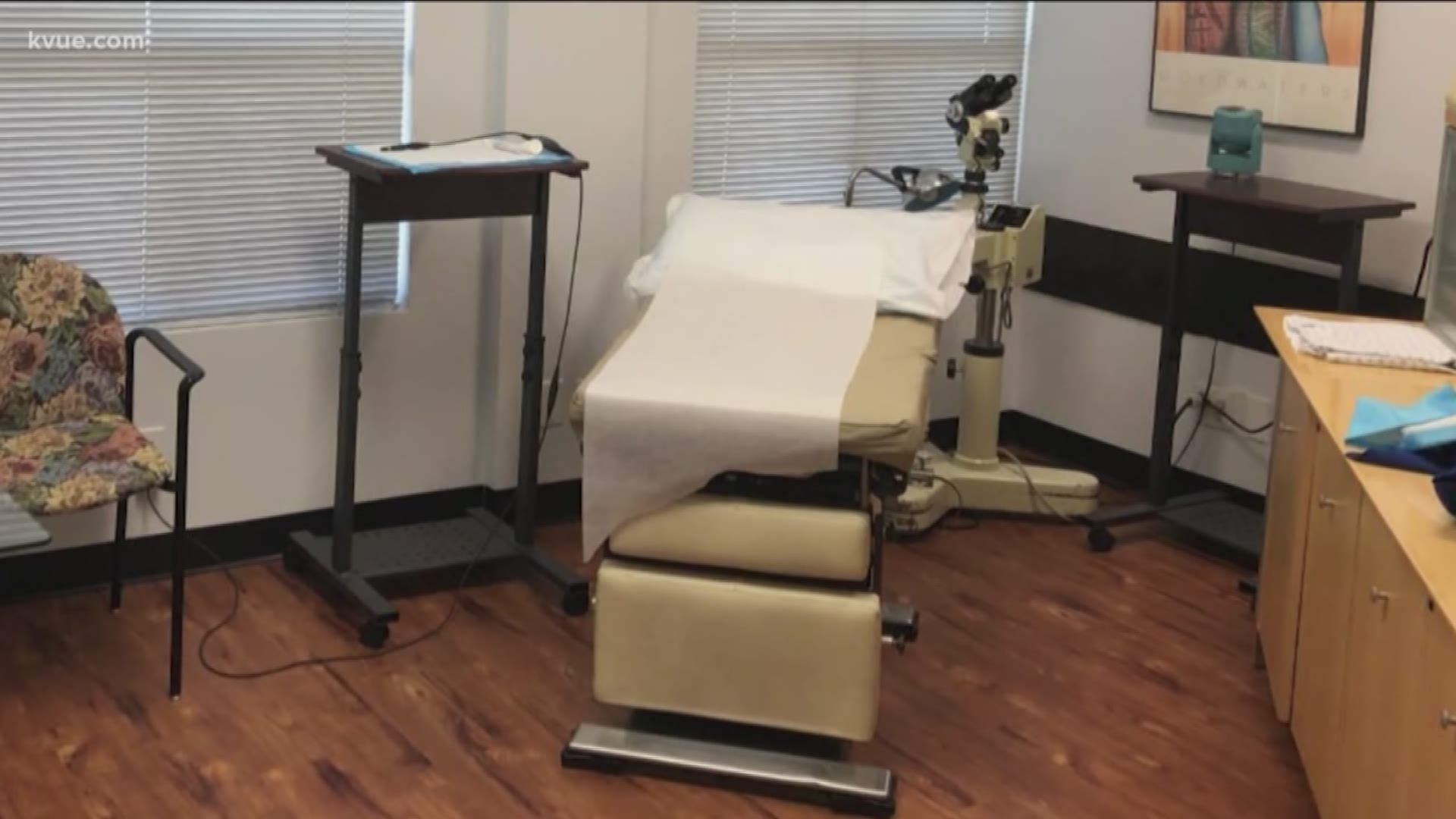AUSTIN, Texas — As Dr. Erica Swegler prepares for more patients to visit her office with the expiration of the state's stay-at-home order Thursday, April 30, she feels a glimpse of hope.
Like many businesses, the effects of the coronavirus hit independent primary health care doctors hard.
Dr. Swegler is an independent family physician for Beacon Family Health Care in Austin.
Over the course of the crisis, Swegler's caseload dropped down to 40% to 50% of its normal size. Some visits were still in-person, while the remainder shifted to televisits.
Even though patients started re-booking appointments at her office this week, she said it will be a while before she and many other primary care physicians in the area reach normalcy again.
"Even starting to see patients, it's really hard to make up a two-month deficit," Swegler said. "I can't make up that many more patients in a day and do medicine appropriately."
On top of decreased caseloads, she blames another source of her financial stress on private insurance companies.
According to Swegler, who is also on the Texas Medical Association's COVID-19 Task Force, many companies are only reimbursing her 10% to 30% per visit on televisits compared to in-person visits.
"We have been undervalued in a fee-for-value service system for a long time and they haven't stepped up to the plate," she said.
RELATED:
The only insurer providing her full reimbursement is Medicare, Swegler added.
Due to how independent practices operate, she said they are already highly efficient, so in times of crisis, there are few places where a practice can cut back. This makes it difficult to pay employees and overhead costs.
Independent primary physicians can apply for loans and the Paycheck Protection Program, but she said it is very difficult for private practices to receive any.
She applied but has not received assistance yet.
"So small independent practices are hurting and it's anticipated without a change in payment, any of them may be looking at closing in the next two to four weeks," Swegler said.
She does not anticipate getting back to normal soon, but with patients returning to the office, it is the first step.
Her practice is taking full safety precautions to prevent the spread of the virus, and she hopes other practices do too.
This includes requiring employees and patients to wear masks at all times. While there is a low supply of personal protection gear for medical providers, Swegler said the TMA Task Force is working on a solution.
The association is working in collaboration with state agencies, county medical societies and other statewide health organizations to establish an online portal that will open up access of personal protective gear to smaller healthcare providers.
Swigler said this is helpful because medical suppliers across the country are not restocked, and the priority over the last month has been to supply hospitals and larger health care facilities.
Finally, Swigler's practice will require social distancing in the waiting room. This means, if social distancing cannot be maintained, patients must wait in their cars and will be called in when room becomes available.
PEOPLE ARE ALSO READING:

